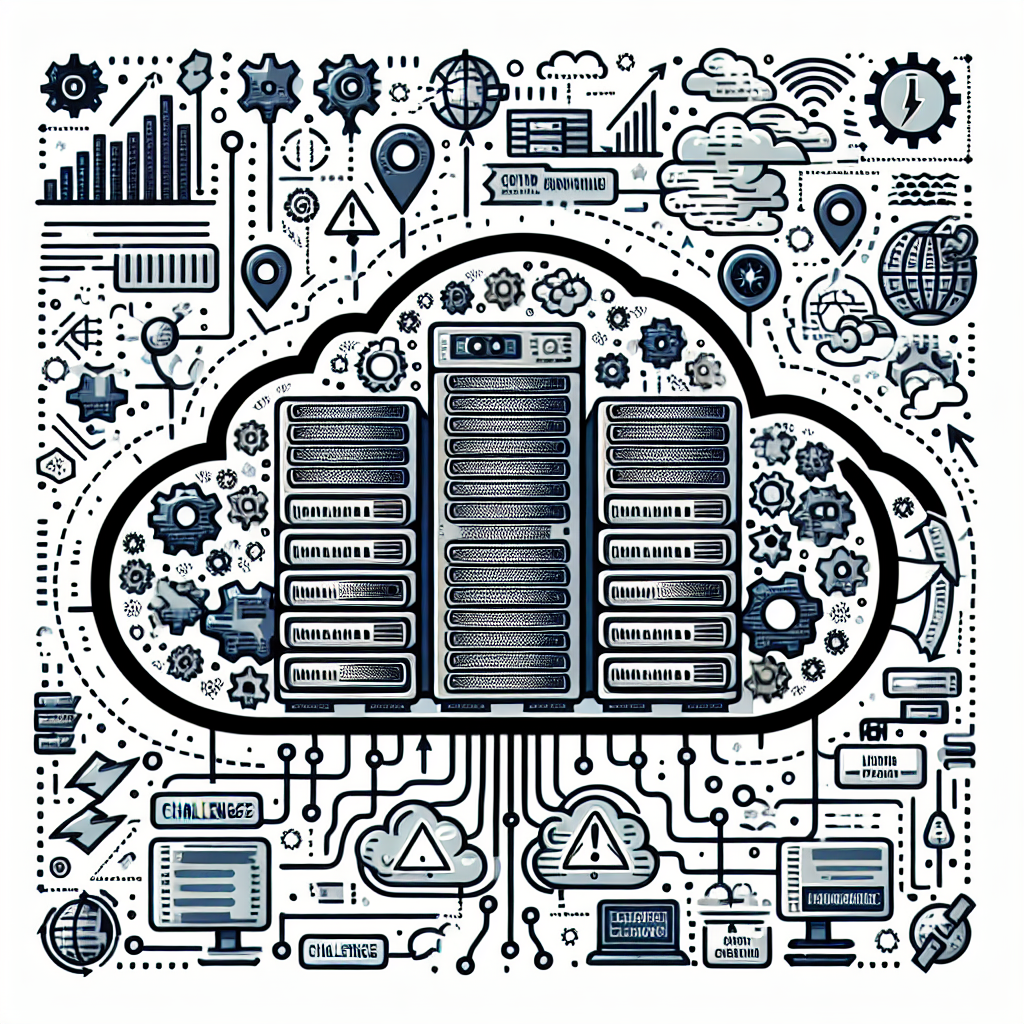As businesses continue to embrace the benefits of hybrid cloud environments, they are faced with the challenge of ensuring the resilience of their data centers. The combination of on-premises and cloud resources can create complexities that need to be navigated in order to maintain the reliability and availability of critical systems and data.
One of the key challenges in ensuring data center resilience in a hybrid cloud environment is the need to manage and monitor multiple disparate systems and platforms. This includes on-premises data centers, private cloud environments, and public cloud services from various providers. Each of these components may have different configurations, security protocols, and performance metrics that need to be monitored and managed to ensure optimal performance and availability.
Another challenge is the potential for data latency and bottlenecks when transferring data between on-premises and cloud environments. This can be particularly problematic for applications that require real-time data processing or high-speed connectivity. Ensuring the seamless integration and data transfer between on-premises and cloud environments is essential for maintaining the performance and resilience of critical systems.
Security is also a major concern when it comes to data center resilience in a hybrid cloud environment. With data stored and processed in multiple locations and across different platforms, businesses need to implement robust security measures to protect sensitive information from cyber threats and unauthorized access. This includes encryption, access controls, and regular security audits to identify and address vulnerabilities.
To navigate these challenges and ensure the resilience of their data centers in a hybrid cloud environment, businesses need to adopt a comprehensive approach to monitoring, management, and security. This may include investing in advanced monitoring tools that provide real-time visibility into the performance and health of on-premises and cloud environments, as well as implementing automation and orchestration tools to streamline processes and ensure consistency across multiple platforms.
Businesses should also prioritize regular testing and disaster recovery planning to ensure that they can quickly recover from any potential outages or data loss. This includes developing and testing backup and recovery strategies, as well as implementing failover and redundancy mechanisms to minimize downtime and data loss in the event of a disaster.
By addressing these challenges and implementing best practices for data center resilience in a hybrid cloud environment, businesses can ensure the availability, reliability, and security of their critical systems and data. With the right tools, processes, and strategies in place, businesses can confidently navigate the complexities of hybrid cloud environments and leverage the benefits of cloud computing while maintaining the resilience of their data centers.


Leave a Reply